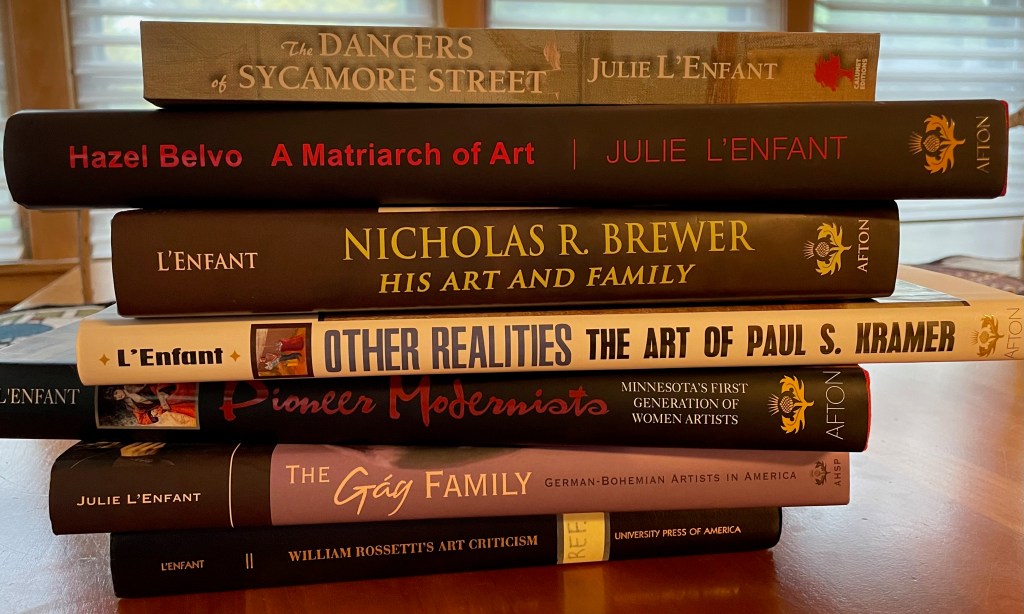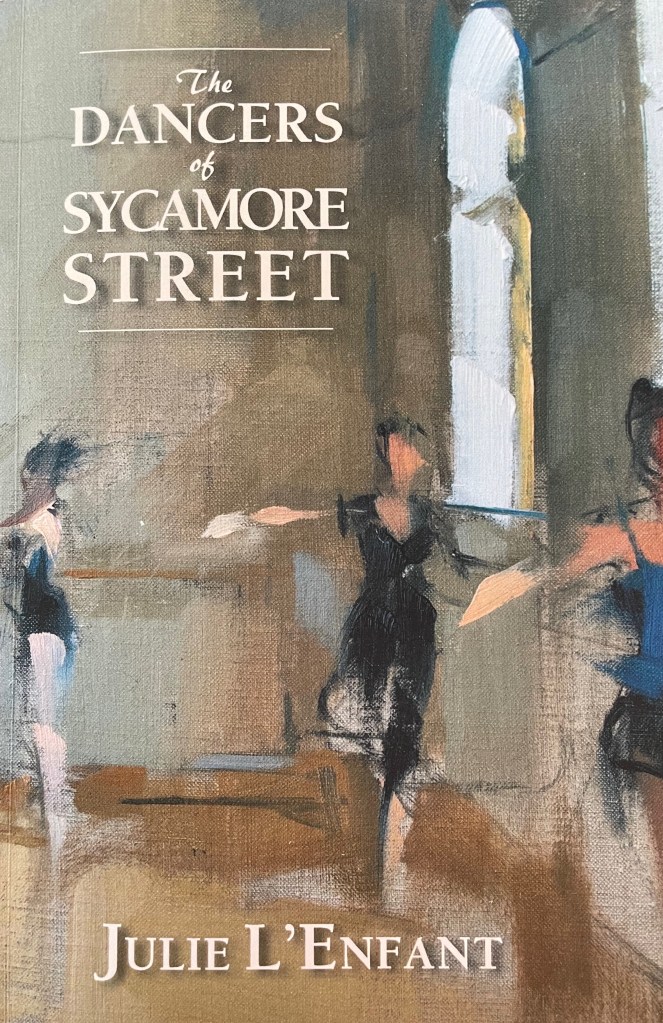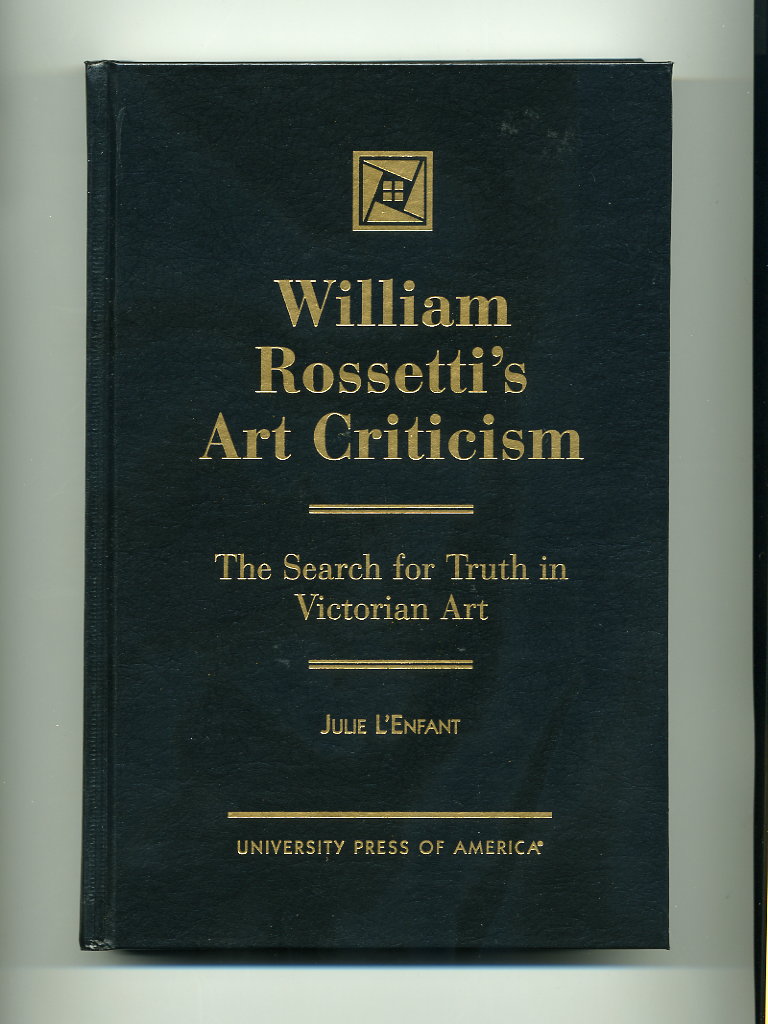

In looking back at one’s life, sometimes one can recall the precise end of childhood. For Meredith Jackson, that time is 1955, when she is fourteen years old and her quiet, predictable life revolving around high school and ballet classes is upended by a visit from a famous choreographer. In Middleton, a medium-sized city in north Louisiana, his great world of professional ballet is viewed as remote, but glamorous and dangerously exciting.
Beautifully capturing a long-ago time and place where mothers were not supposed to work and propriety ruled, The Dancers of Sycamore Street is a poignant, witty, and engaging story of a young girl’s coming of age.
Buy at Amazon.com.

“Hazel Belvo’s radiant story powerfully shows the value of place and the necessity of living a full life that swirls and dips, even reaches out like tendrils.”
-Robert Cozzolino, Minneapolis Institute of Art
Hazel Belvo (b. 1934) has been an influential artist, art educator, and feminist leader for more than fifty years. Her prodigious output ranges from delicate drawings to monumental paintings exploring nature, spirituality, and the human psyche. She is best known for her more than four hundred works on the legendary Spirit Little Cedar Tree in northern MInnesota. No other artist has explored this sacred Ojibwe site in such depth.
The book describes Belvo’s childhood in Ohio, her introduction to New York in the 1960s, and her friendships and relationships, particularly with the abstract artist George Morrison. Her strong sense of place is seen in works that take the reader across the United States and Europe.
The author based this engaging account on over thirty-five interviews with Belvo as well as abundant previously unpublished material. Illustrated with more than two hundred color plates and numerous black-and-white photographs, this book establishes the contributions of a remarkable woman to American cultural history.
Order from Afton Press, Amazon, Barnes & Noble, or your favorite bookseller.

Nicholas R. Brewer (1857-1949), born in a log cabin in frontier Minnesota, came to maturity during the Gilded Age, and was celebrated for his portraits of such figures as Ignace Paderewski and Franklin D. Roosevelt. His landscapes captured the beauty and variety of nature across the United States. Brewer’s life is a quintessentially American story of the self-made artist who must create his own identity.
Brewer’s entertaining autobiography, Trails of a Paintbrush (1938), is the essential starting place for his story. But, like most people who tell their own story, Brewer left out a great deal. This book adds new dimensions to his story with descendant interviews, discoveries in archives and family collections, and extensive research into American art, politics, and culture as experienced by Brewer.
In many ways Brewer’s career was shaped by his marriage and family. He had six sons to support, and art became the “family business.” The closing chapters are devoted to Brewer’s distinguished artist sons Edward and Adrian, with an epilogue on some of the Brewer descendants working as artists today.
Order from Afton Press or your favorite bookseller.

“The women in this book are amazing, truly marvelous . . . grande dames, gloriously on stage, so to speak. They helped make the the twentieth century remarkable and memorable.”
Barbara Flanagan, columnist, Minneapolis Star Tribune
In the early twentieth century Frances Cranmer Greenman, Alice Hugy, Elsa Laubach Jemne, Clara Mairs, Evelyn Raymond, Jo Lutz Rollins, and Ada Wolfe established successful careers as artists in Minneapolis and Saint Paul. They played significant roles in the development of the art schools, galleries, and arts organizations that make the Twin Cities a major cultural center today. Yet their strong reputations were eclipsed mid-century by the rise of Abstract Expressionism and other male-dominated modernist movements.
Drawing on unpublished papers, contemporaneous accounts, and interviews with their students, descendants, and collectors, Pioneer Modernists presents a new picture of their cosmopolitan art training, multi-faceted careers, and sometimes unconventional lives, set in the context of the tumultuous events of the twentieth century. It examines their work–paintings, prints, decorative work, and sculptures–in terms of its humanistic ideas, technical sophistication, and visual appeal. By relating this work to national and International movements, Pioneer Modernists contributes to a new understanding of Modernism as richly diverse.
Winner of a Minnesota Book Award, 2011
Order from Afton Press or your favorite bookseller.

Paul S. Kramer (1919-2012) was one of the most accomplished Minnesota artists of the second half of the twentieth century. Trained at the Pennsylvania Academy of the Fine Arts, he had a significant career in Saint Paul as an artist, teacher, gallery owner, and conservator.
A deep-dyed realist at a time when many American artists had joined a radical avant-garde that rejected or subverted traditional art, he created his own dream-like world. His unpretentious paintings of everyday life are forthright and honest, brilliantly executed, and often wryly humorous. Lavishly illustrated with images from both public and private collections, most never before published, Other Realities celebrates the breadth and depth of this exceptional Minnesota artist’s work.
Order from Afton Press or your favorite bookseller.

After settling in the Minnesota frontier town of New Ulm, German-Bohemian Anton Gag (1858-1908) established himself as an artist and started a family business. His oldest daughter and protege, Wanda (1893-1946), made her reputation in New York as a printmaker and children’s book author and illustrator. Her younger sister Flavia (1907-1978) was a prolific writer, illustrator, and painter.
The lives and works of Anton Gag and his daughters Wanda and Flavia are all of a piece. Each had strong feelings before nature and always–even if diverted for a time by the cultural life of cities–returned to the beauty of the countryside. Each struggled with feelings of not being understood. Each was driven to create, even in the face of poverty and illness.
Rich in visual records–paintings, drawings, and photographs–The Gag Family explores and celebrates one family’s cultural journey from Bohemia to the American Upper Midwest to New York and beyond. Using family diaries, letters, and memoirs, it traces the influences of European family traditions on the art of these three enterprising artists and places them in the context of American art.
Winner of a Minnesota Book Award, 2002
To buy, contact info@julielenfantbooks.com.

Among the seven members of the Pre-Raphaelite Brotherhood, the band of young men who worked to revolutionize British art in the mid-nineteenth century by replacing flaccid academic traditions with “truth to nature,” was the grave and sensible William Michael Rossetti (1829-1919), not himself a successful artist or poet but a gifted critic of art and literature. Today he is known primarily as the diarist of the brotherhood and a tireless promoter of the reputations of his distinguished siblings Dante Gabriel Rossetti and Christina Rossetti.
Beginning in 1850, however, William also wrote almost four hundred articles on art for English and American periodicals such as the Spectator, the Crayon, and the Academy. In 1867 he published a collection of his articles, but most of them have never been republished, nor has any scholar examined this work in its totality. This book is the first comprehensive assessment of Rossetti’s critical ideas and their contribution to Victorian art.
To buy, , contact info@julielenfantbooks.com.